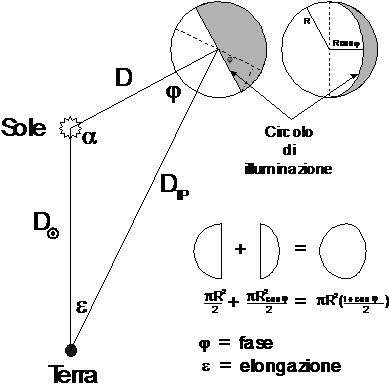

She died in 1637, shortly after the birth of Huygens' sister. Christiaan was named after his paternal grandfather.

Edelinck, between 16.Ĭhristiaan Huygens was born on 14 April 1629 in The Hague, into a rich and influential Dutch family, the second son of Constantijn Huygens. Cut from the engraving following the painting of Caspar Netscher by G. He speculated that extraterrestrial life was possible on planets similar to Earth and wrote that the availability of water in liquid form was a necessity for life.Ĭhristiaan Huygens. Although Huygens did not believe in such a supernatural being, he did hypothesize on the possibility of extraterrestrial life in his Cosmotheoros, which was published shortly before his death in 1695.

As a rationalist, he refused to believe in an immanent supreme being, and could not accept the Christian faith of his upbringing. The last years of Huygens, who never married, were characterized by loneliness and depression. The modern concept of probability grew out of the use of expectation values by Huygens and Blaise Pascal (who encouraged him to write the work). The work is a systematic treatise on probability and deals with games of chance and in particular the problem of points. Frans van Schooten, who was the private tutor of Huygens, translated the work as De ratiociniis in ludo aleae ("On Reasoning in Games of Chance"). He eventually developed in 1662 what is now called the Huygenian eyepiece, a telescope with two lenses, which diminished the amount of dispersion.Īs a mathematician, Huygens was a pioneer on probability and wrote his first treatise on probability theory in 1657 with the work Van Rekeningh in Spelen van Gluck. He designed a 50-power refracting telescope with which he discovered that the ring of Saturn was "a thin, flat ring, nowhere touching, and inclined to the ecliptic." It was with this telescope that he also discovered the first of Saturn's moons, Titan. In 1655, Huygens began grinding lenses with his brother Constantijn in order to build telescopes to conduct astronomical research. While the first part of the book contains descriptions of clock designs, most of the book is an analysis of pendulum motion and a theory of curves. In addition to this invention, his research in horology resulted in an extensive analysis of the pendulum in his 1673 book Horologium Oscillatorium, which is regarded as one of the most important 17th-century works in mechanics. Huygens invented the pendulum clock in 1656, which he patented the following year. Today this principle is known as the Huygens–Fresnel principle. His theory was initially rejected in favor of Isaac Newton's corpuscular theory of light, until Augustin-Jean Fresnel adopted Huygens' principle in 1818 and showed that it could explain the rectilinear propagation and diffraction effects of light. In the field of optics, he is best known for his wave theory of light, which he proposed in 1678 and described in 1690 in his Treatise on Light, which is regarded as the first mathematical theory of light. Huygens was also the first to formulate the correct laws of elastic collision in his work De motu corporum ex percussione, but his findings were not published until 1703, after his death. The formula played a central role in classical mechanics and became known as the second of Newton's laws of motion. In 1659, Huygens was the first to derive the now standard formula for the centripetal force in his work De vi centrifuga. Because he was the first to use mathematical formulae to describe the laws of physics, Huygens has been called the first theoretical physicist and the founder of mathematical physics. His most famous invention, however, was the invention of the pendulum clock in 1656, which was a breakthrough in timekeeping and became the most accurate timekeeper for almost 300 years. As an inventor, he improved the design of the telescope with the invention of the Huygenian eyepiece. In physics, Huygens made groundbreaking contributions in optics and mechanics, while as an astronomer he is chiefly known for his studies of the rings of Saturn and the discovery of its moon Titan. Christiaan Huygens FRS ( / ˈ h aɪ ɡ ə n z, ˈ h ɔɪ-/ HY-gənz, HOY- Dutch: ( listen) Latin: Hugenius 14 April 1629 – 8 July 1695) was a Dutch physicist, mathematician, astronomer and inventor, who is widely regarded as one of the greatest scientists of all time and a major figure in the scientific revolution.


 0 kommentar(er)
0 kommentar(er)
